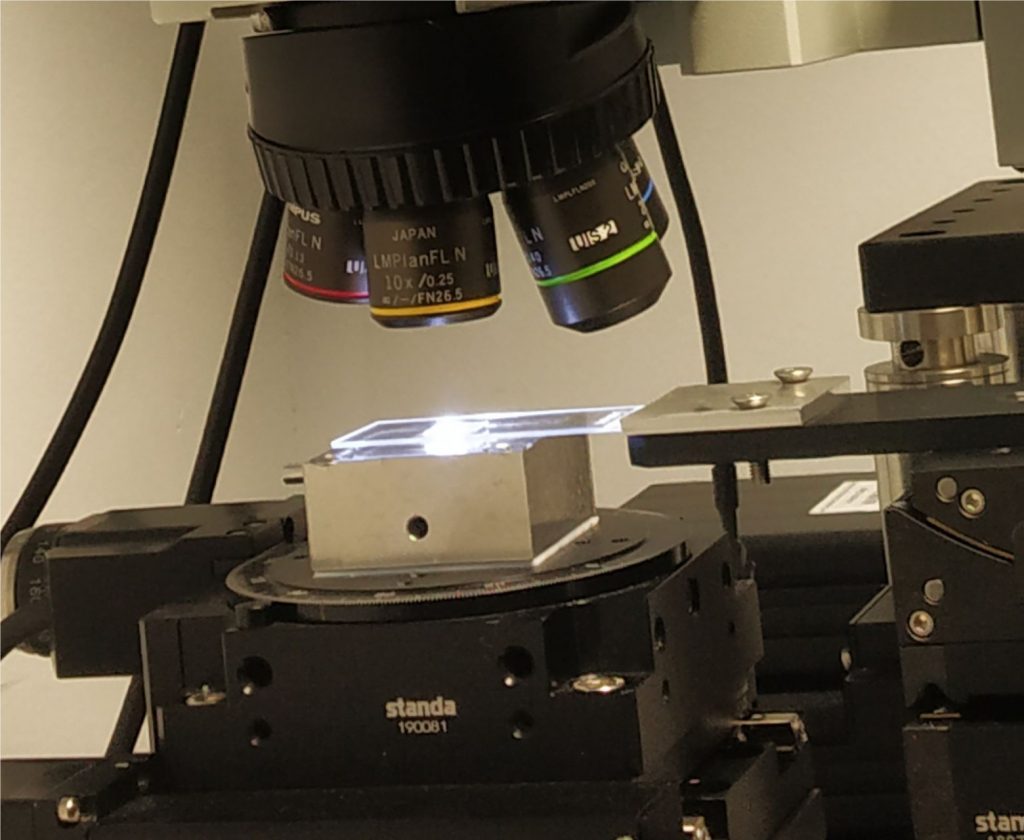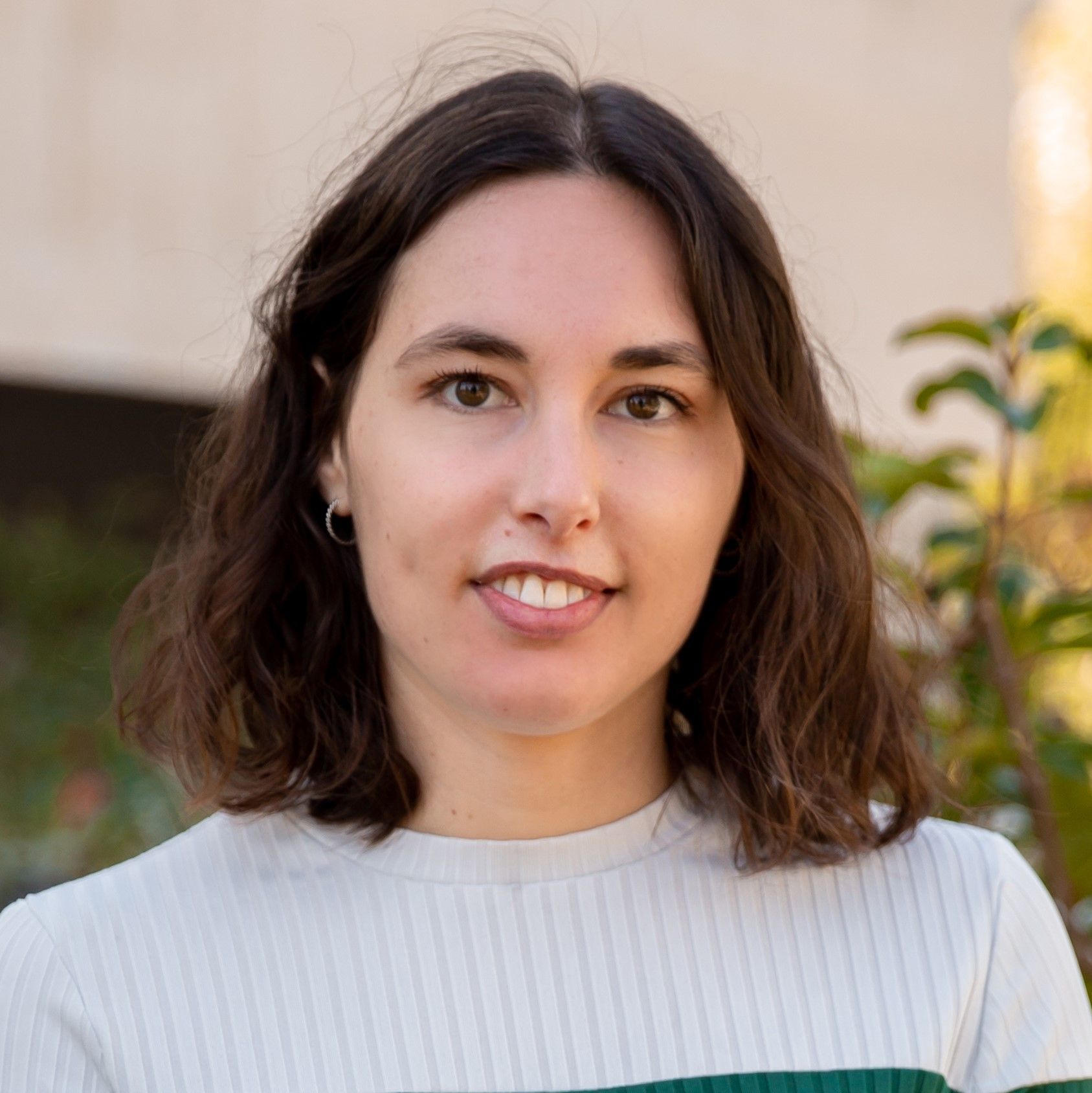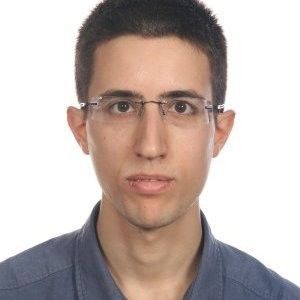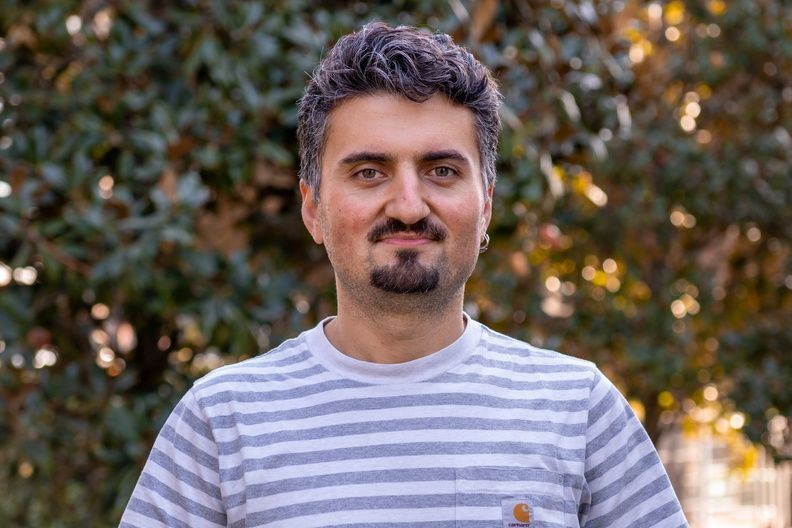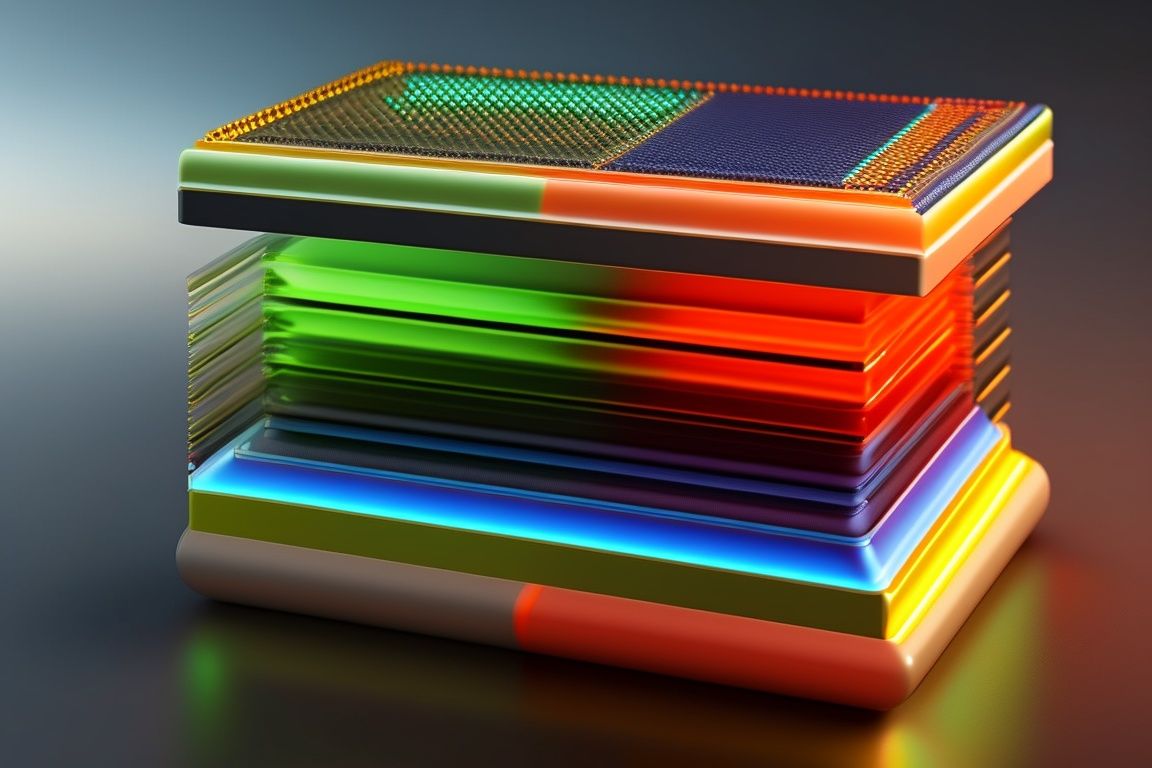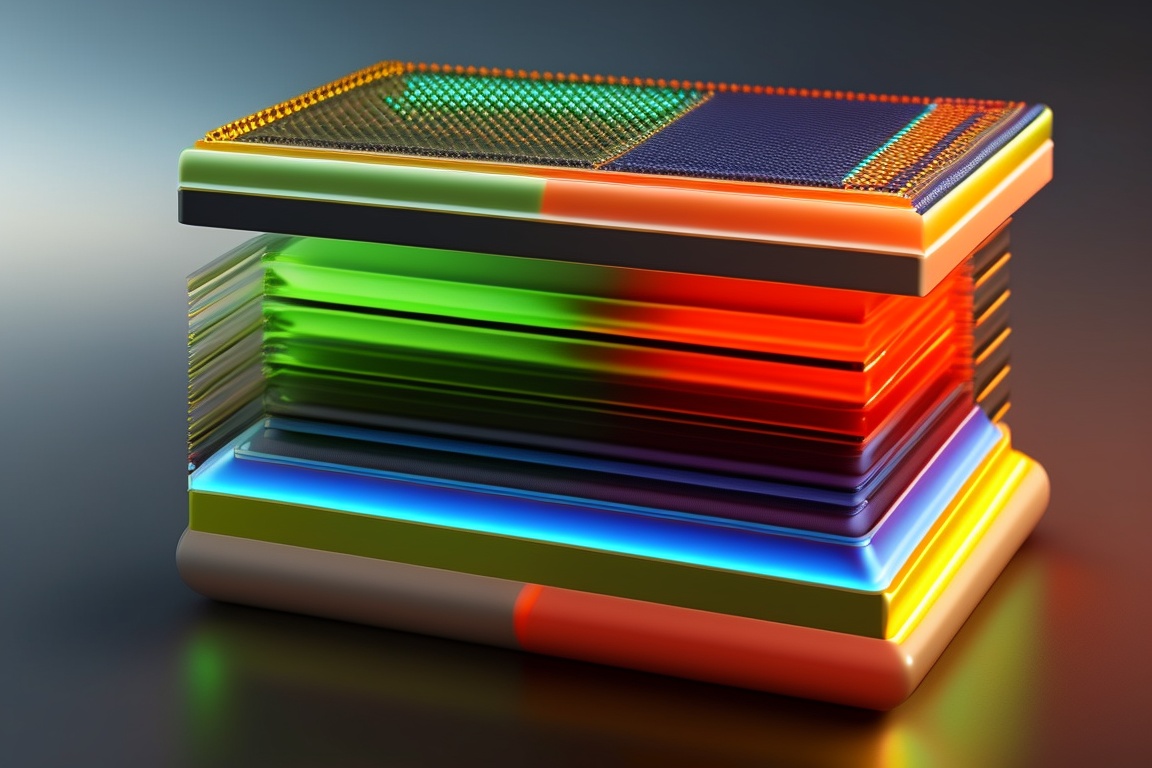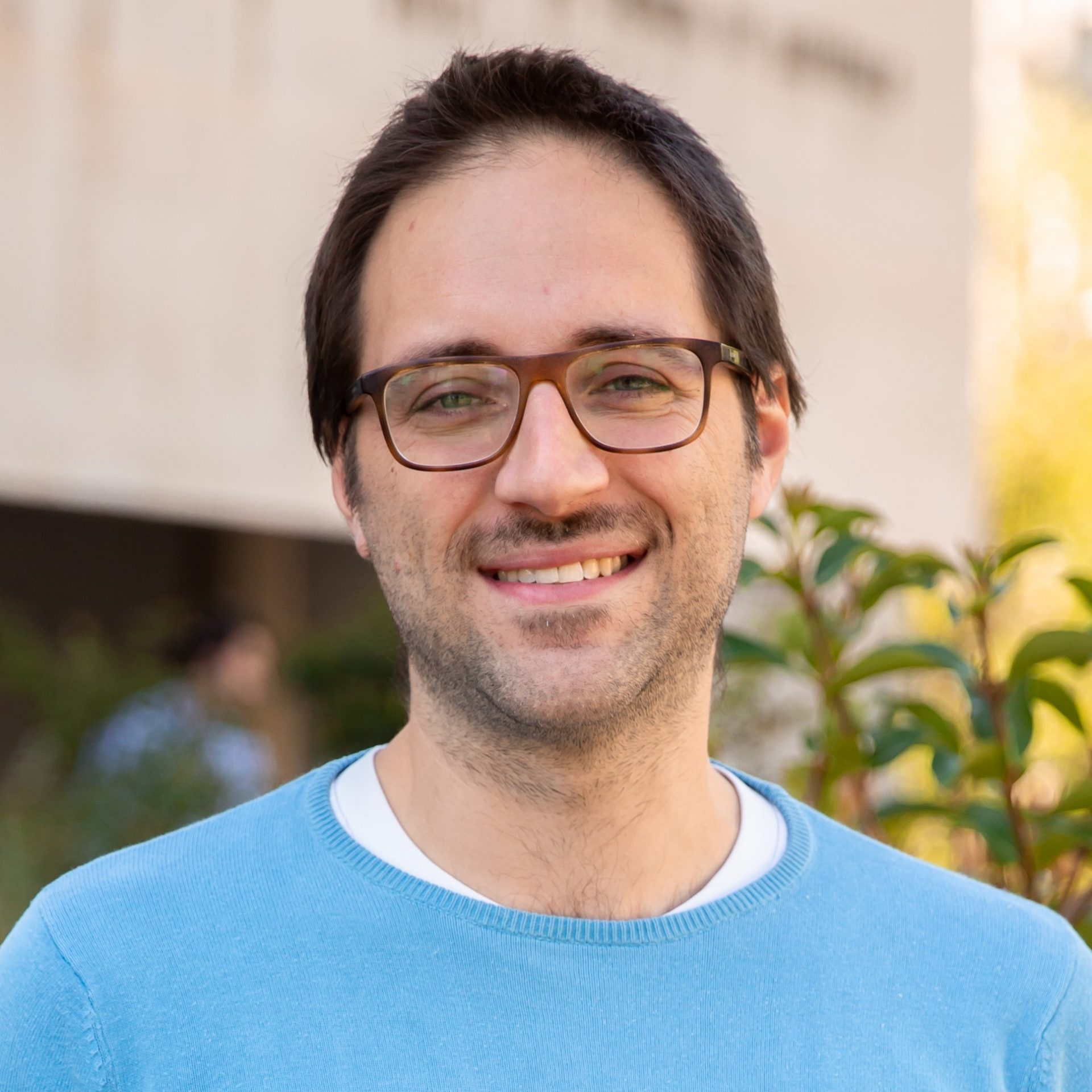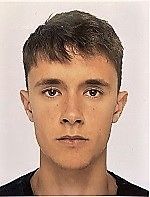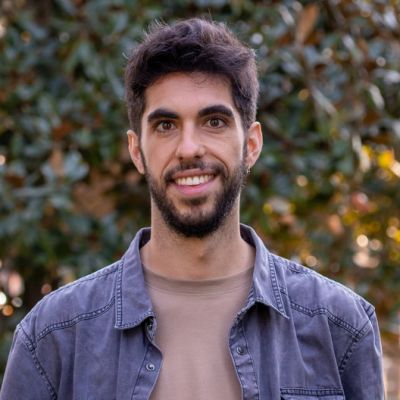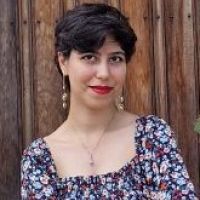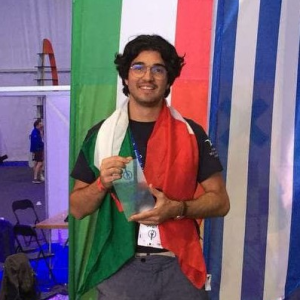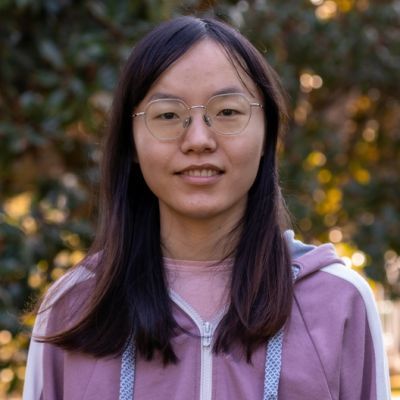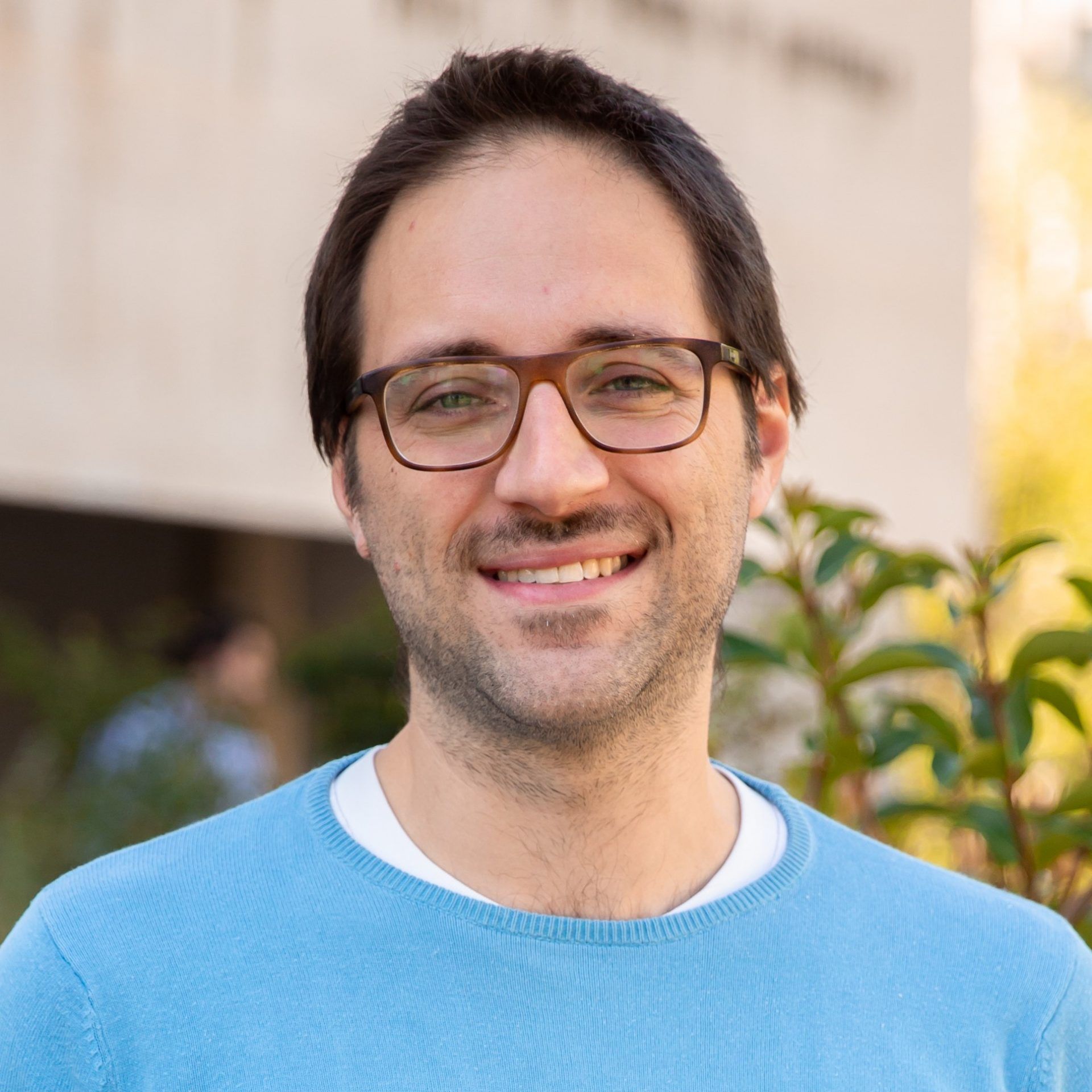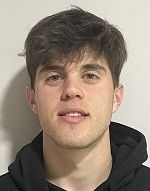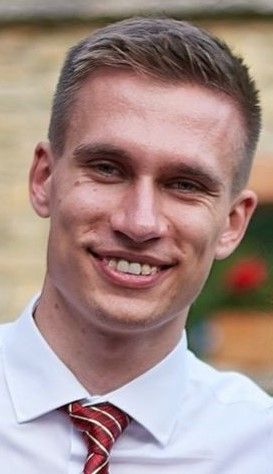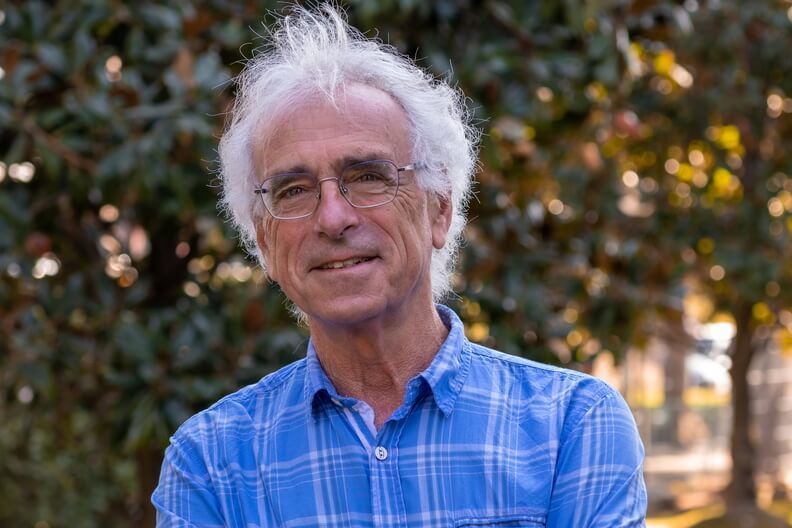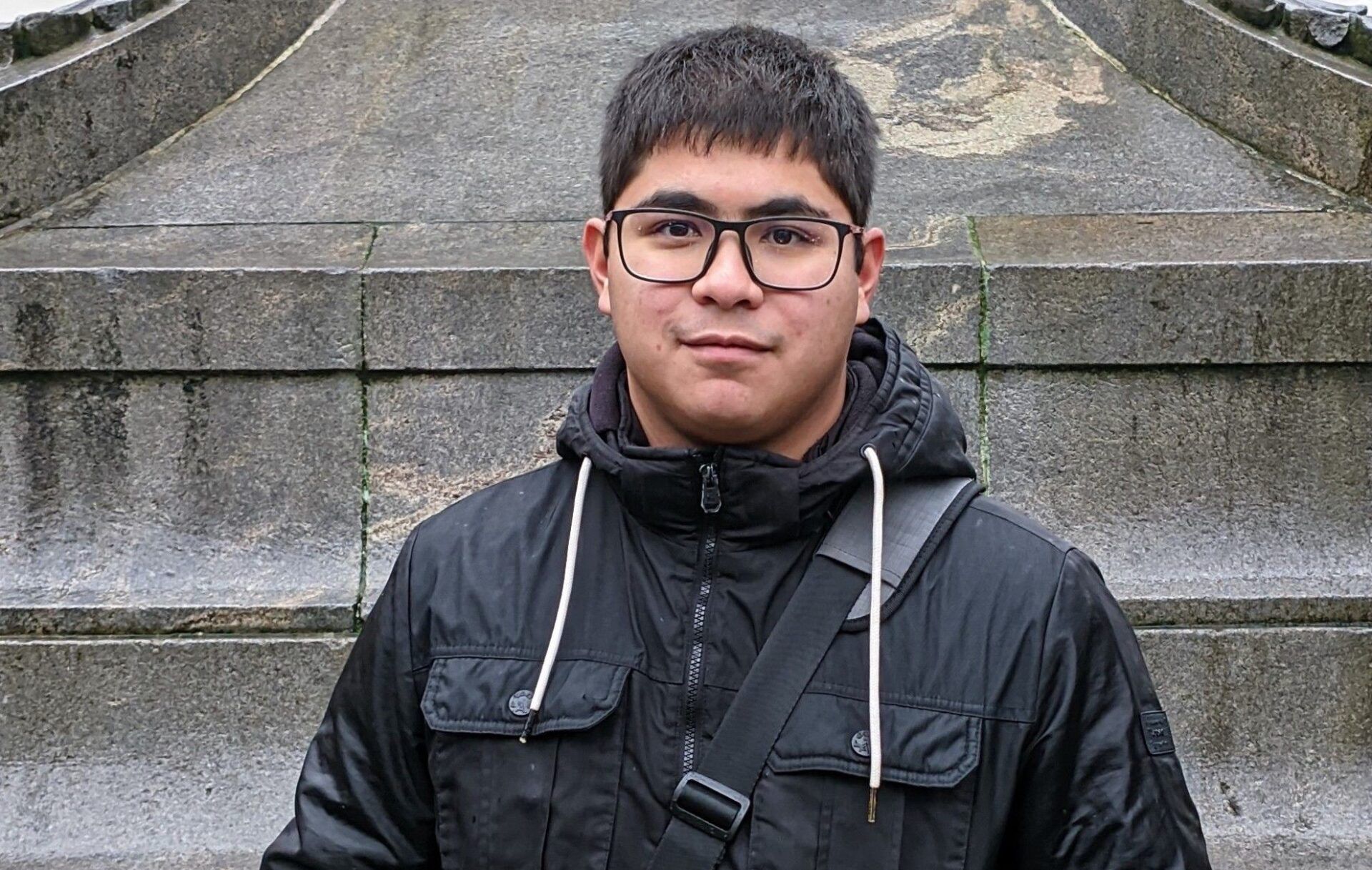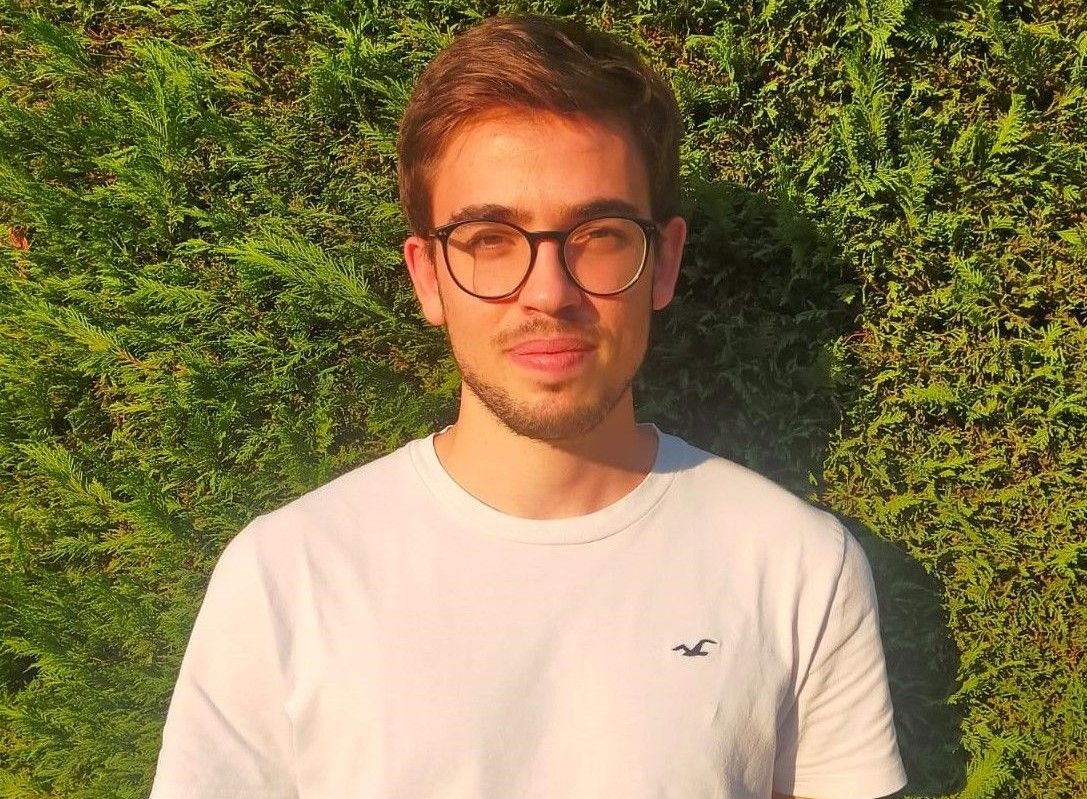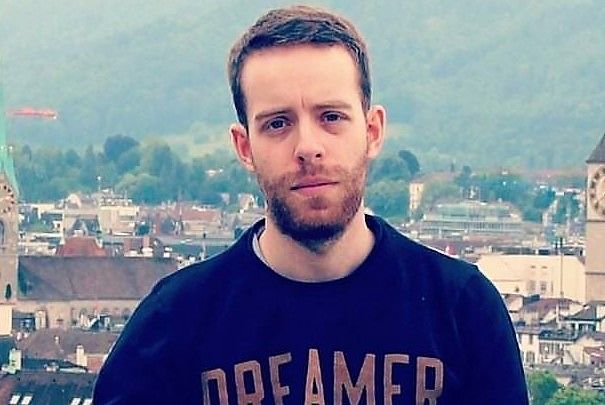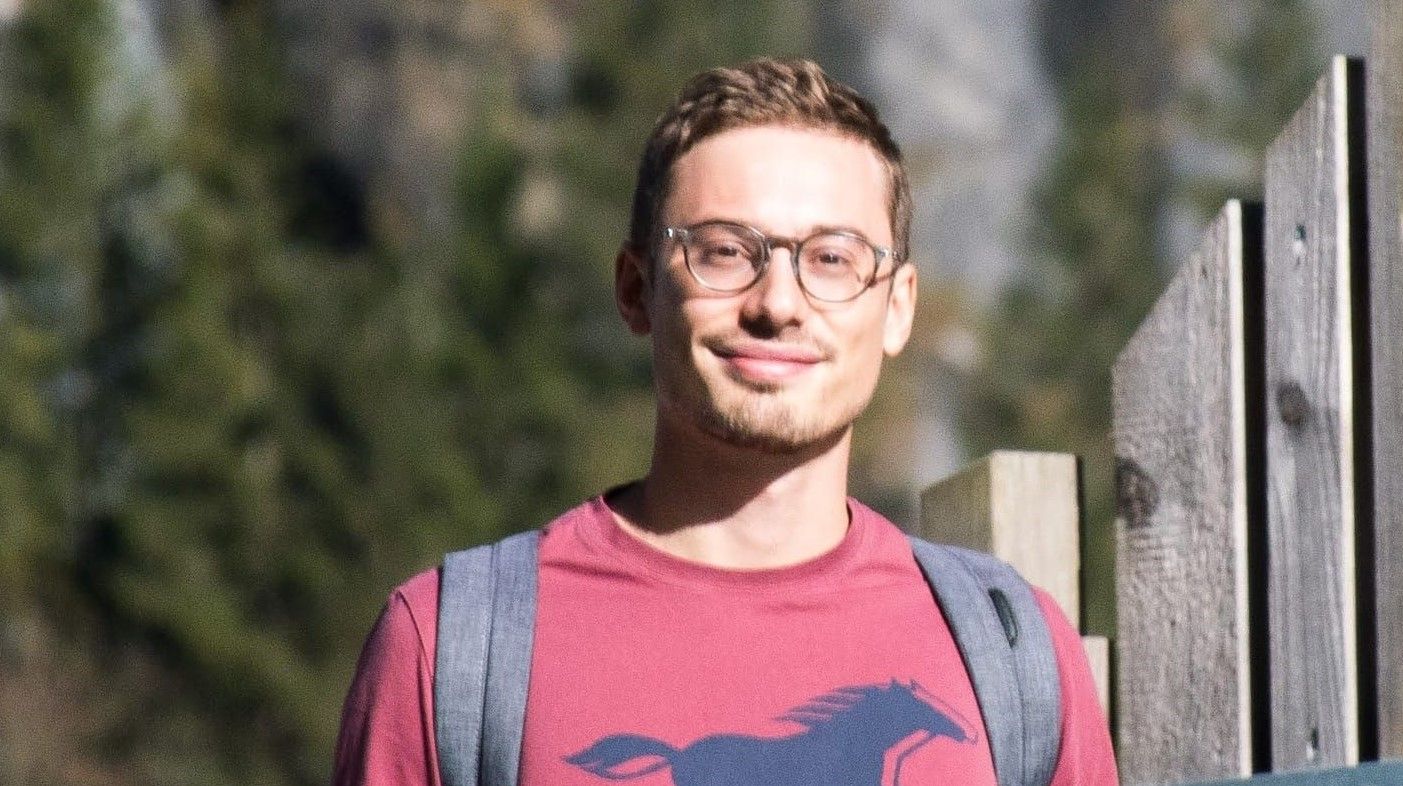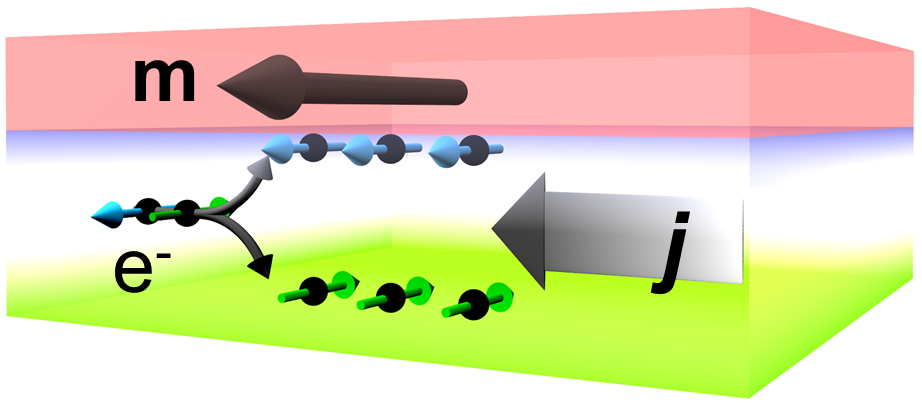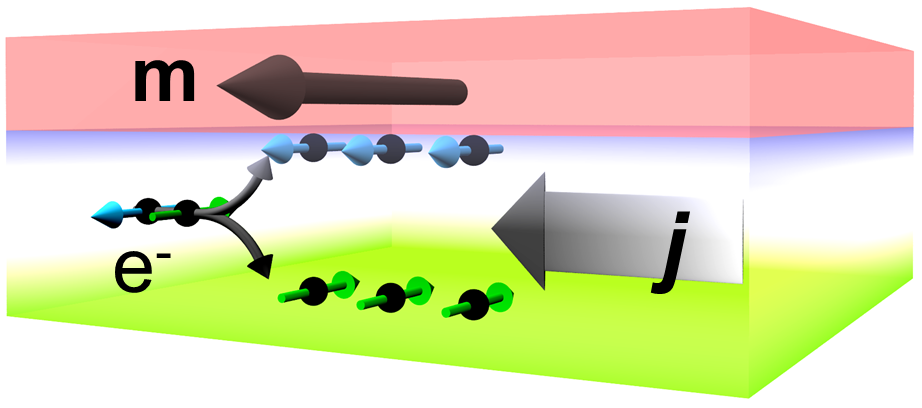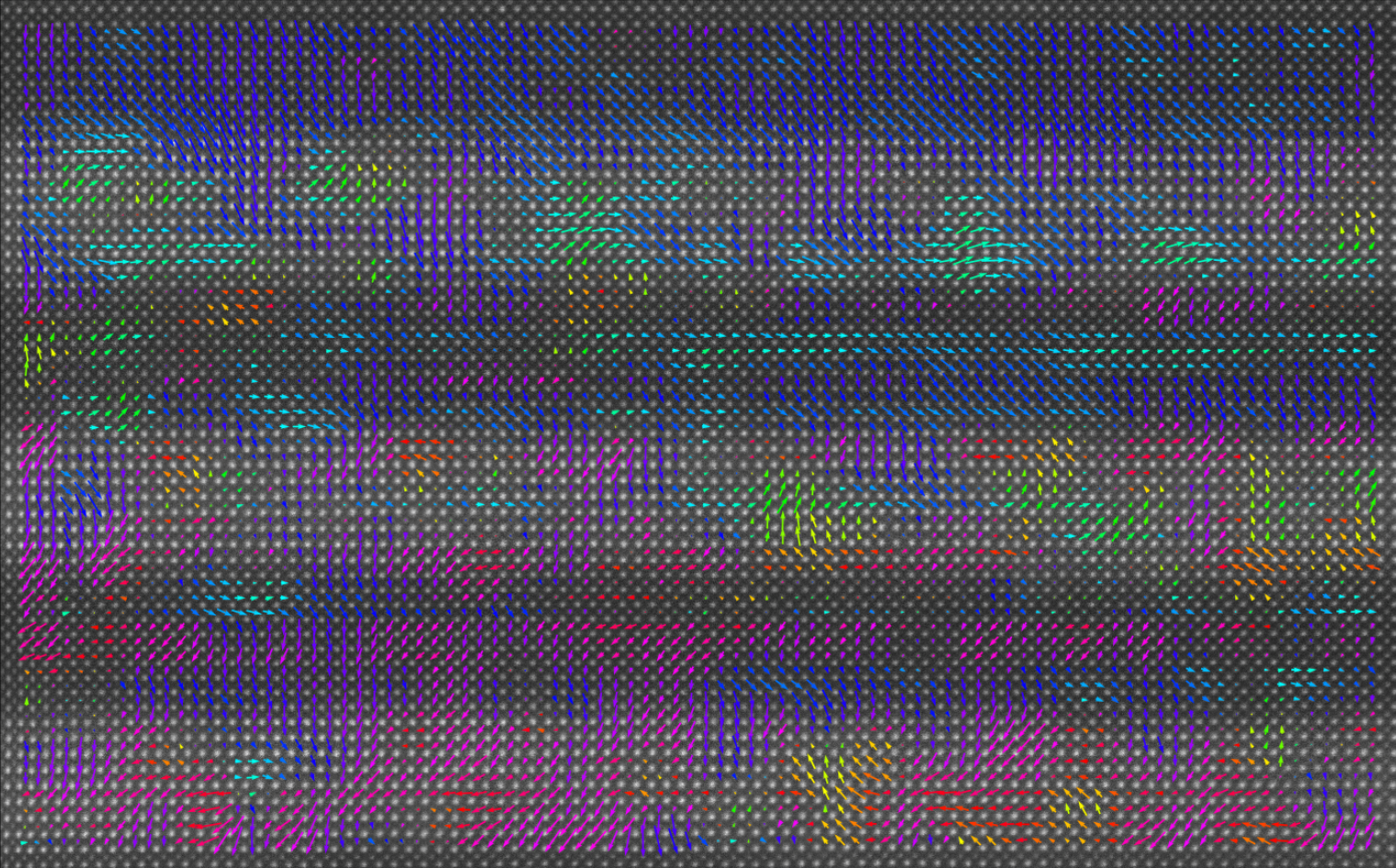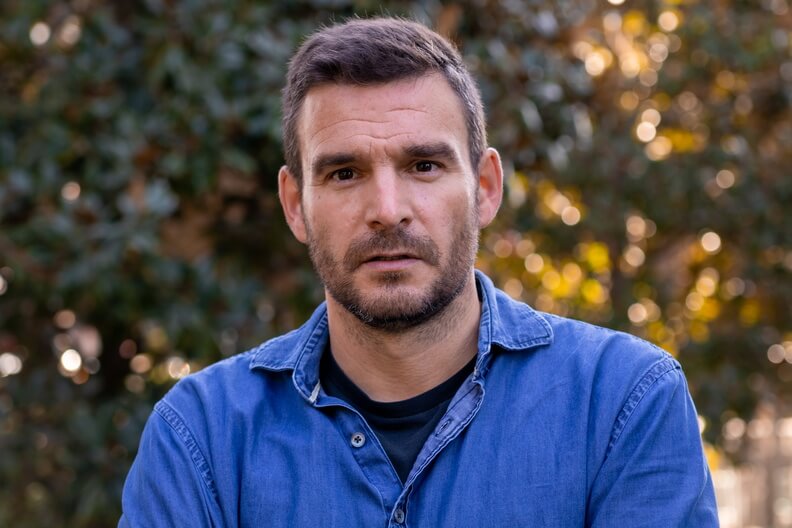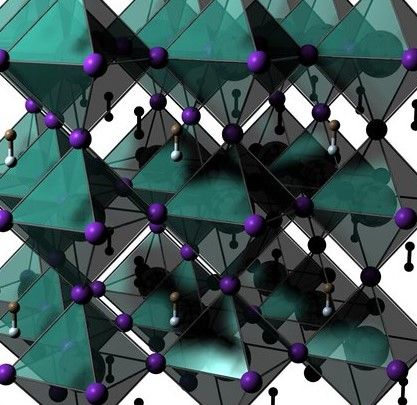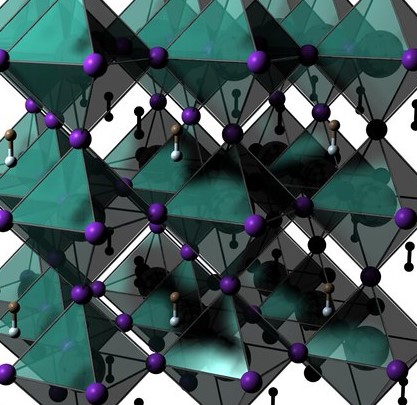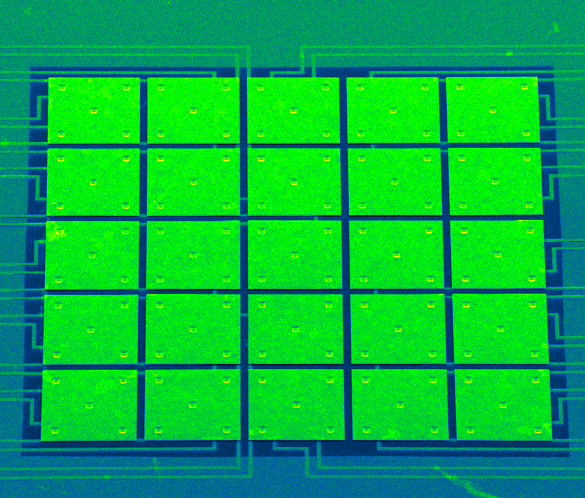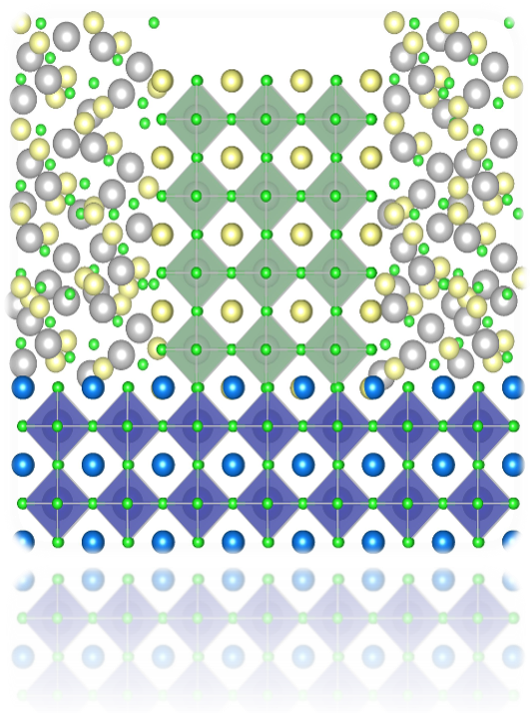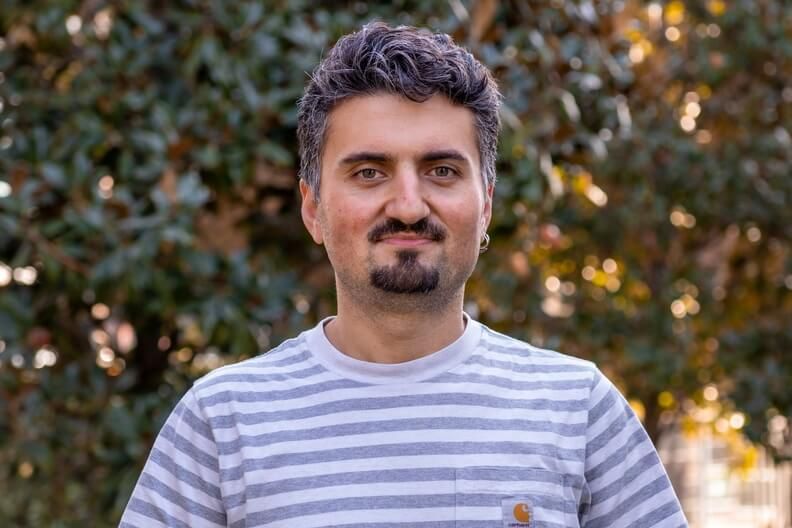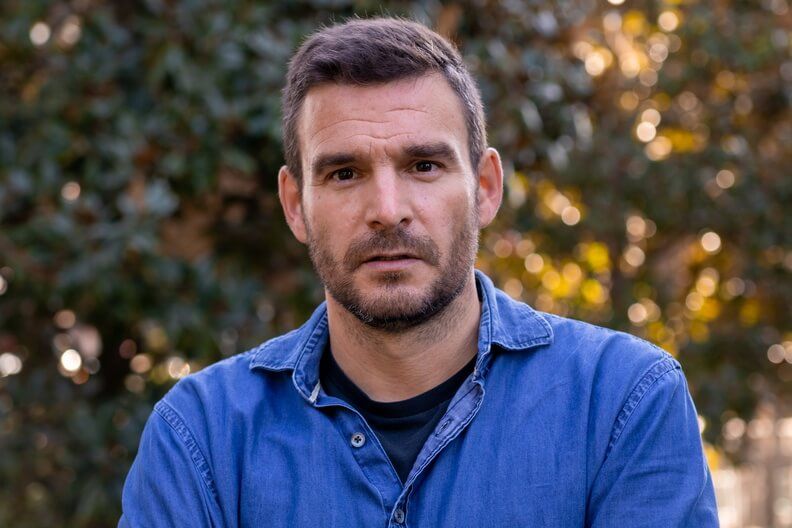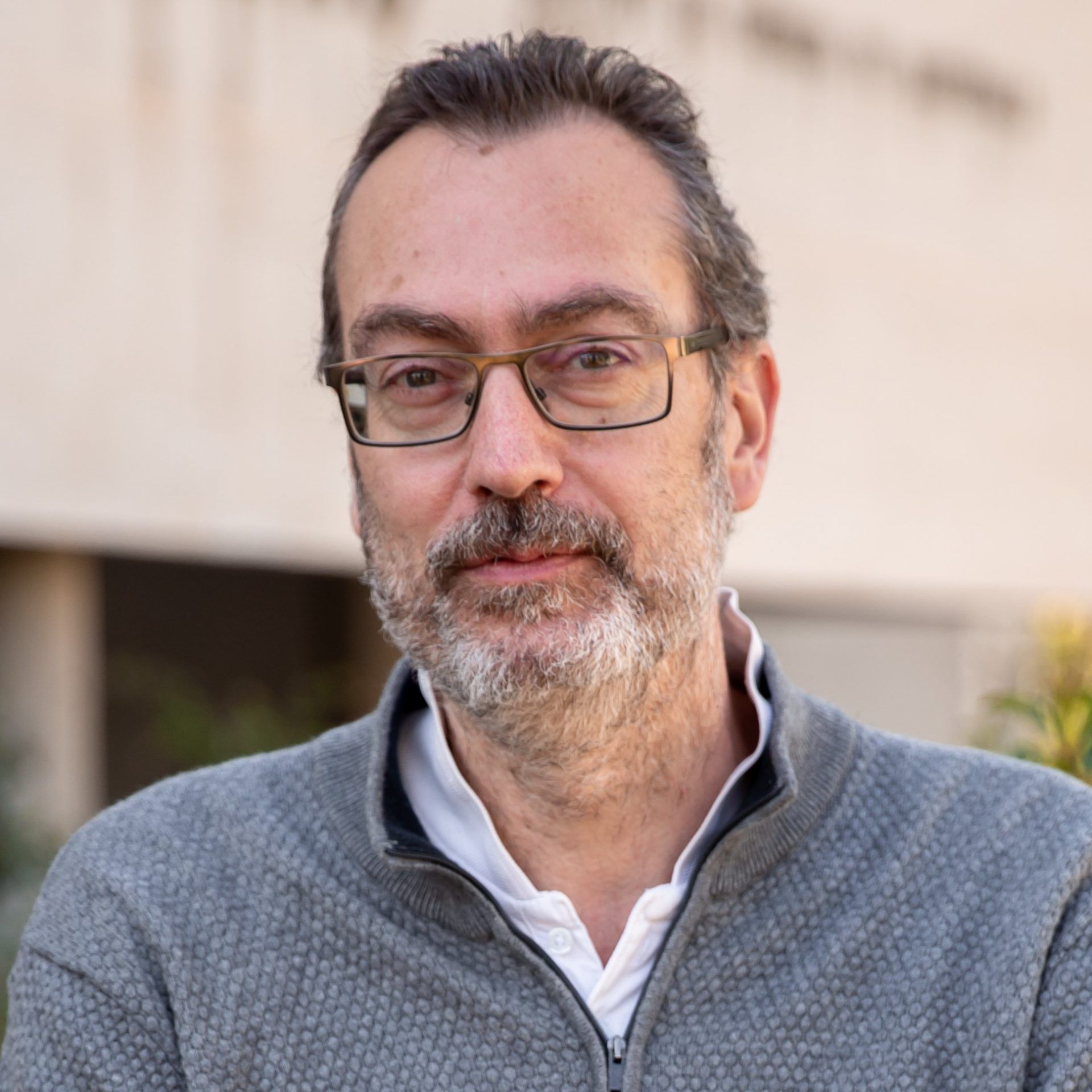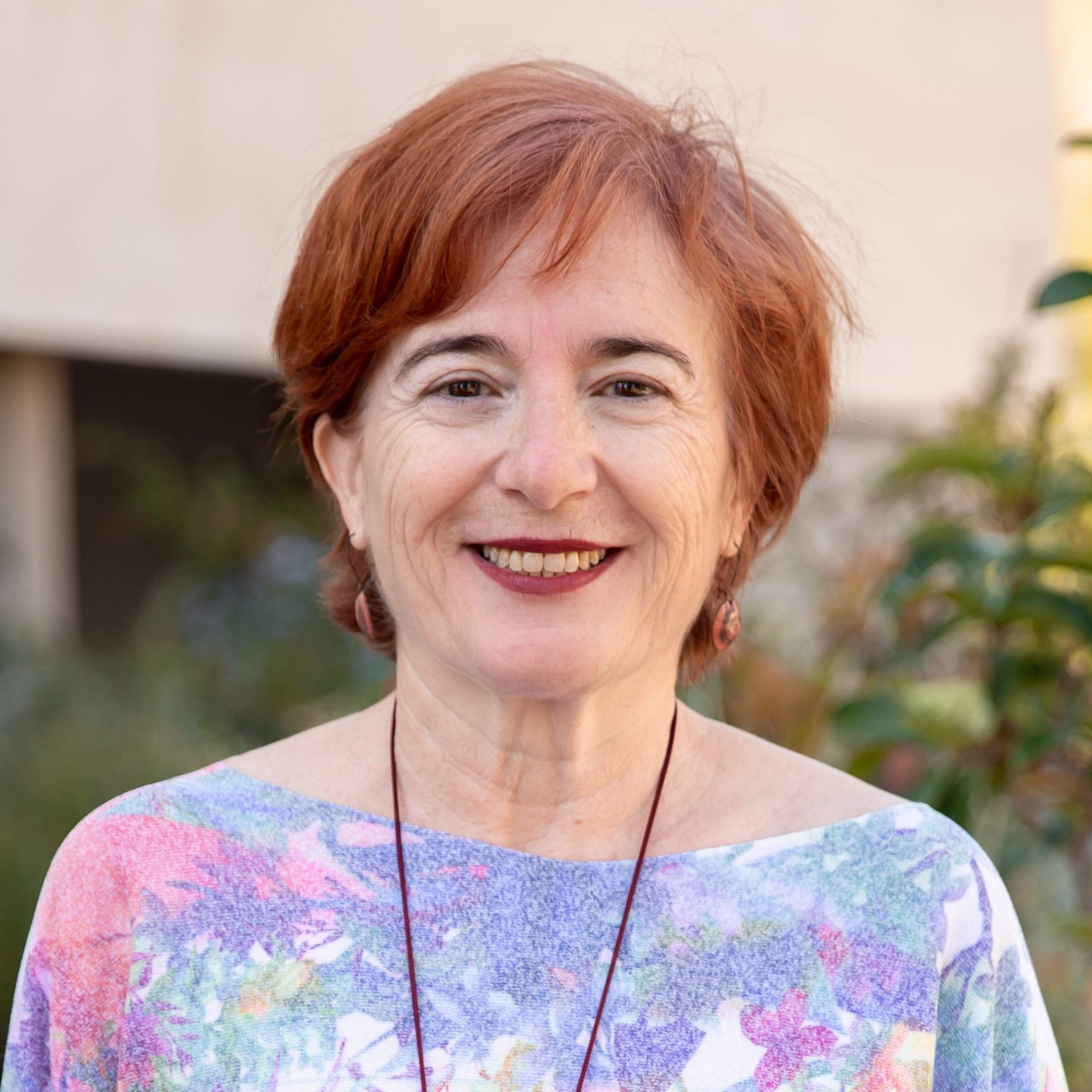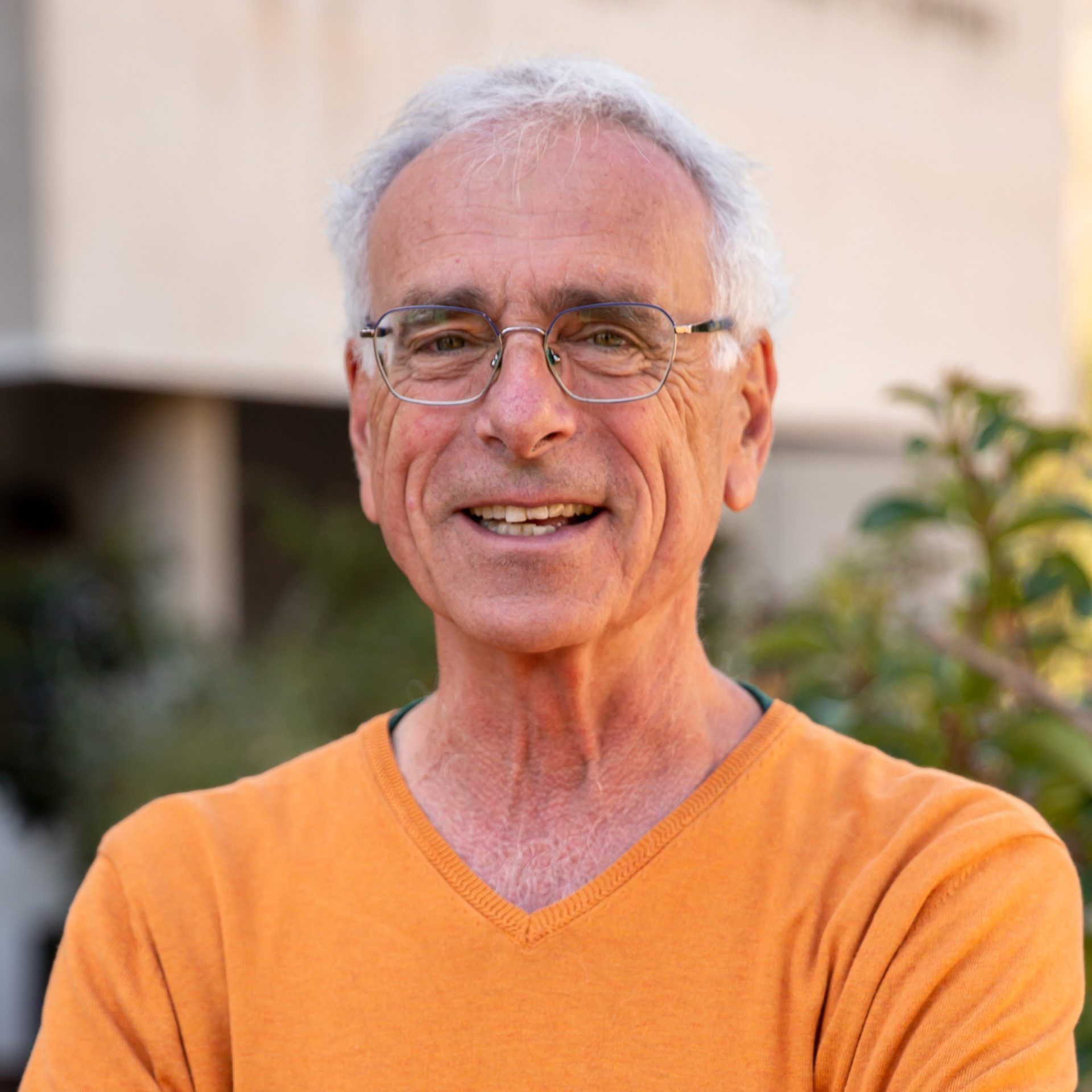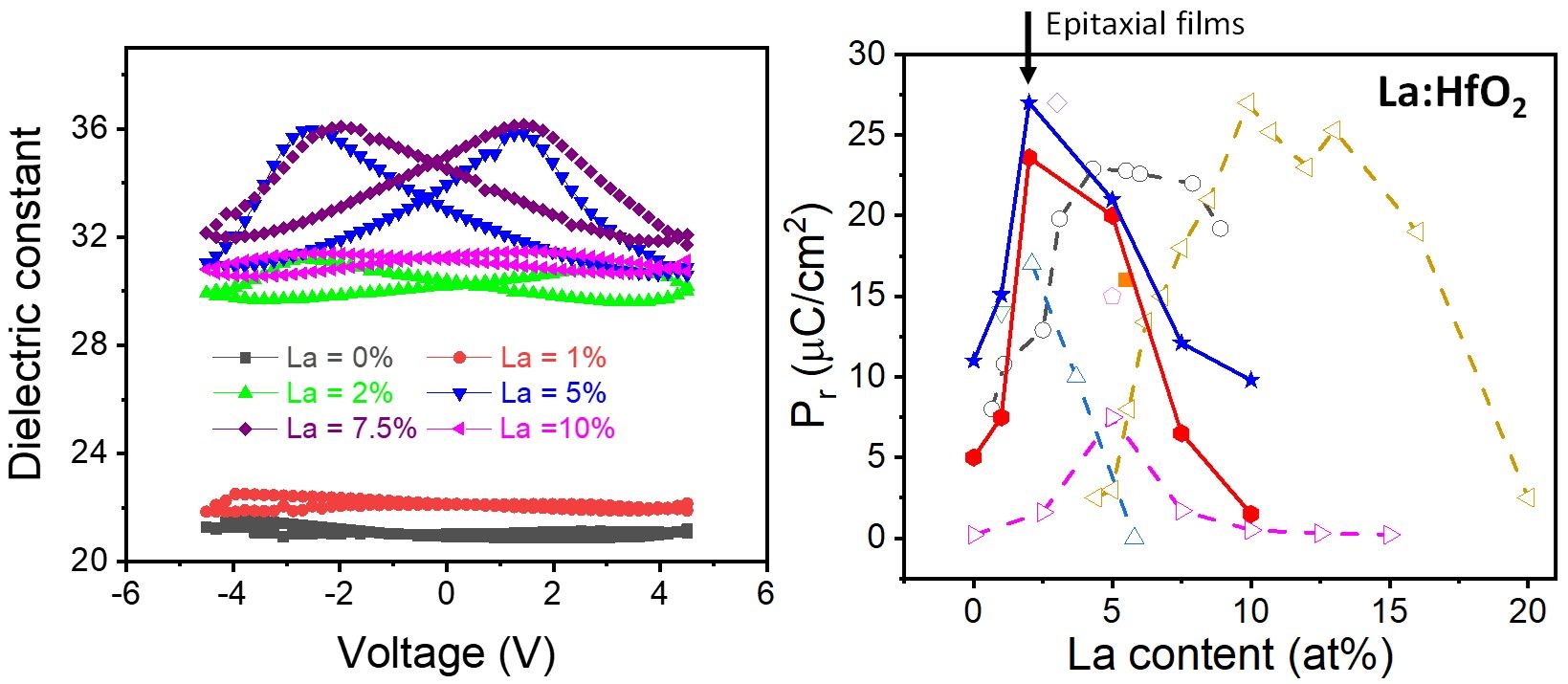Bulk photovoltaic effect modulated by ferroelectric polarization back-switching
Yunwei Sheng, Ignasi Fina1, Marin Gospodinov, and Josep Fontcuberta
Appl. Phys. Lett. 120, 242901 (2022)
Disentangling electronic and thermal contributions to light-induced resistance switching in BaTiO3 ferroelectric tunnel junctions
Xiao Long, Huan Tan, Florencio Sánchez, Ignasi Fina, and Josep Fontcubertaa)
Journal of Applied Physics 132, 214103 (2022)
Electrical characterization and extraction of activation energies of the defect states in the LaAlO3/SrTiO3 heterostructure featured
Lechaux, Y. Chen, A. Minj, F. Sánchez, G. Herranz, L. Méchin, and B. Guillet
Appl. Phys. Lett. 121, 081904 (2022); DOI:https://aip.scitation.org/doi/10.1063/5.0101255
MnTa2N4: A Ternary Nitride Spinel with a Strong Magnetic Frustration
Rafael Trócoli, Carlos Frontera, Judith Oró-Solé, Clemens Ritter, Pere Alemany, Enric Canadell, M. Rosa Palacín, Josep Fontcuberta, and Amparo Fuertes
Chem. Mater. 2022, 34, 13, 6098–6107 (2022); DOI:doi.org/10.1021/acs.chemmater.2c01240
Dynamic control of octahedral rotation in perovskites by defect engineering
Jiahui Jia, Xu He, Arsalan Akhtar, Gervasi Herranz, and Miguel Pruneda
Phys. Rev. B 105, 224112 (2022); DOI:doi.org/10.1103/PhysRevB.105.224112
Bulk photovoltaic effect modulated by ferroelectric polarization back-switching
Yunwei Sheng, Ignasi Fina, Marin Gospodinov, and Josep Fontcuberta
Appl. Phys. Lett. 120, 242901 (2022); DOI:doi.org/10.1063/5.0094837
Voltage-driven strain-mediated modulation of exchange bias in Ir20Mn80/Fe80Ga20/Ta/⟨011⟩-oriented PMN-32PT heterostructures
Demirci, J. de Rojas, A. Quintana, I. Fina, E. Menéndez, and J. Sort
Appl. Phys. Lett. 121, 081904 (2022); DOI:doi.org/10.1063/5.0091231
Two-gap s±-wave superconductivity at an oxide interface
Singh, G. Venditti, G. Saiz, G. Herranz, F. Sánchez, A. Jouan, C. Feuillet-Palma, J. Lesueur, M. Grilli, S. Caprara, and N. Bergeal
Phys. Rev. B 105, 064512 (2022); DOI:doi.org/10.1103/PhysRevB.105.064512
Enhanced electroresistance endurance of capped Hf0.5Zr0.5O2 ultrathin epitaxial tunnel barriers
Xiao Long, Huan Tan, Saúl Estandía, Jaume Gazquez, Florencio Sánchez, Ignasi Fina and Josep Fontcuberta
APL Materials 10, 031114 (2022); DOI:doi.org/10.1063/5.0076865
Impact of non-ferroelectric phases on switching dynamics in epitaxial ferroelectric Hf0.5Zr0.5O2 films
Tingfeng Song, Florencio Sánchez, and Ignasi Fina
APL Materials 10, 031108 (2022); DOI:doi.org/10.1063/5.0083661
Improved polarization and endurance in ferroelectric Hf0.5Zr0.5O2 films on SrTiO3(110)
Tingfeng Song, Huan Tan, Saúl Estandía, Jaume Gàzquez, Martí Gich, Nico Dix, Ignasi Fina and Florencio Sánchez
Nanoscale, 2022,14, 2337-2343 (2022); DOI:10.1039/D1NR06983G
Efficient spin pumping into metallic SrVO3 epitaxial films
F. Macià, M. Mirjolet , J. Fontcuberta
Journal of Magnetism and Magnetic Materials, 546, 1688711 (2022)
